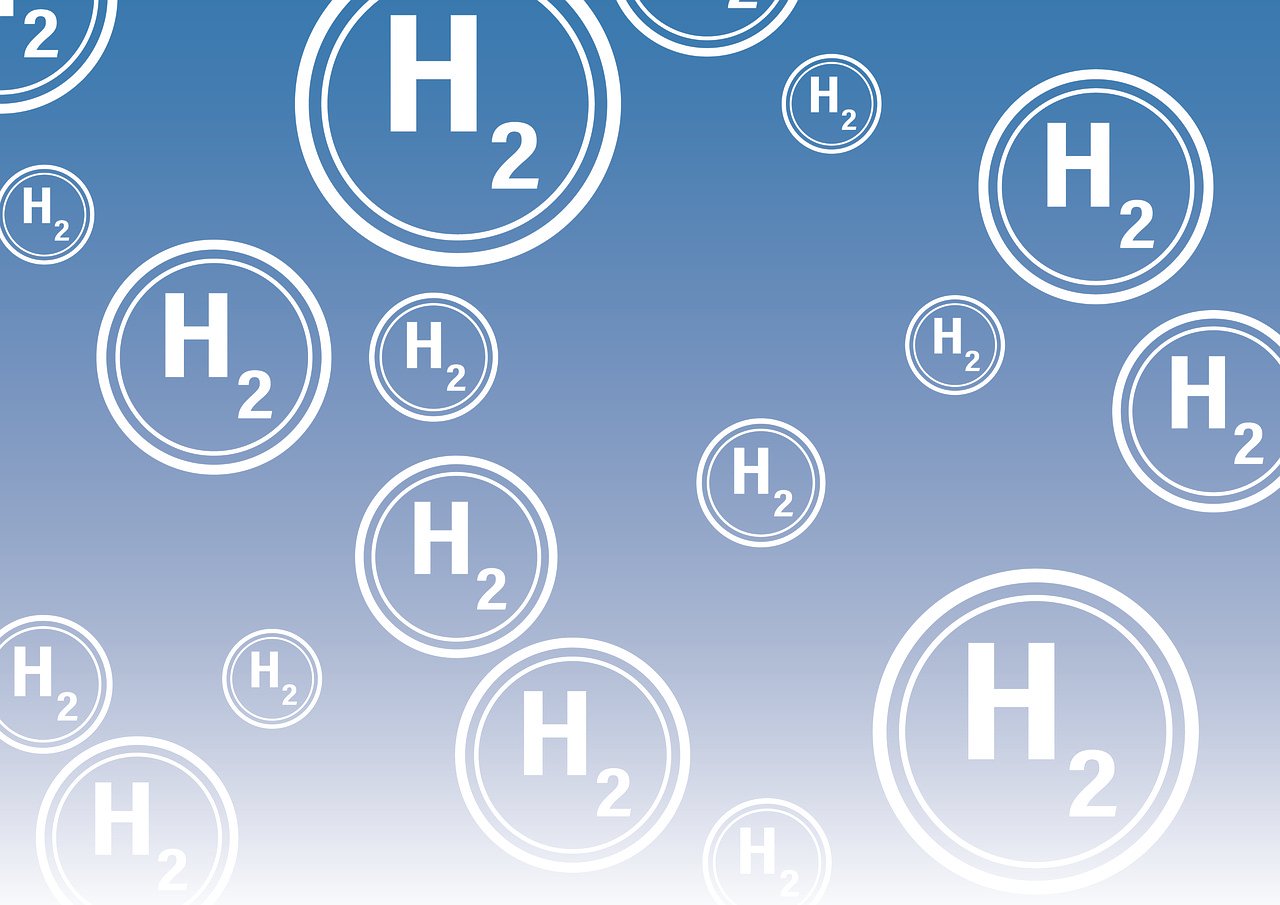
403
Sorry!!
Error! We're sorry, but the page you were looking for doesn't exist.
UK’s energy bills rise 9 percent amid geopolitical tensions, green hydrogen industry challenges
(MENAFN) The UK's energy regulator is set to announce a significant 9 percent increase in household energy bills, driven by a rise in wholesale gas prices. This surge is partly attributed to the ongoing uncertainty surrounding Russian gas pipeline supplies to Europe, which has been exacerbated by geopolitical tensions and the war between Russia and Ukraine that began in February 2022. As a result, typical energy bills remain substantially higher than pre-crisis levels, leaving households under financial strain. The situation is further complicated by traders' reluctance to store gas in Ukraine due to Russian attacks on storage facilities, a scenario that Kadri Simson, the EU’s energy commissioner, highlighted as increasingly dire. Simson warned that the intensifying attacks on Ukraine's civilian energy infrastructure are likely to push the resilience of the Ukrainian people to its limits this winter, evoking comparisons to the hardships faced during the Second World War.
Simultaneously, the hydrogen industry, which is crucial for the global energy transition, is encountering significant challenges. Hydrogen is a key component in oil refineries and chemical plants, and it is widely regarded as a vital fuel in reducing carbon emissions since it produces no carbon dioxide when burned. However, the vast majority of hydrogen is currently produced from fossil fuels, particularly natural gas, resulting in the emission of hundreds of millions of tons of carbon dioxide annually. To make green hydrogen a reality on a large scale and reduce its carbon footprint, substantial investments are needed in advanced technologies, such as equipment to capture emissions or electrolysis plants that can produce hydrogen from water. These innovations could eventually help utilize excess renewable energy from wind or solar power, reducing dependence on fossil fuels. Yet, despite its potential, the green hydrogen sector is struggling to gain momentum due to high costs and uncertain demand.
Recent months have seen several high-profile green hydrogen projects stall as manufacturers grapple with what has been termed the industry’s “chicken-and-egg dilemma.” The Australian steel giant Fortescue recently abandoned its ambitious goal to produce 15 million tons of green hydrogen annually by 2030. In Europe, both state-backed French company Engie and Norwegian state-owned Statkraft have delayed their plans to expand green hydrogen capacity. Additionally, Danish offshore wind developer Orsted has pulled out of a Swedish project to produce e-methanol, a fuel made from green hydrogen and carbon dioxide, citing the slower-than-expected development of the market. These setbacks underscore the difficulties the industry faces in scaling up green hydrogen production, which is essential for the broader adoption of renewable energy solutions and the global transition to a low-carbon economy.
Simultaneously, the hydrogen industry, which is crucial for the global energy transition, is encountering significant challenges. Hydrogen is a key component in oil refineries and chemical plants, and it is widely regarded as a vital fuel in reducing carbon emissions since it produces no carbon dioxide when burned. However, the vast majority of hydrogen is currently produced from fossil fuels, particularly natural gas, resulting in the emission of hundreds of millions of tons of carbon dioxide annually. To make green hydrogen a reality on a large scale and reduce its carbon footprint, substantial investments are needed in advanced technologies, such as equipment to capture emissions or electrolysis plants that can produce hydrogen from water. These innovations could eventually help utilize excess renewable energy from wind or solar power, reducing dependence on fossil fuels. Yet, despite its potential, the green hydrogen sector is struggling to gain momentum due to high costs and uncertain demand.
Recent months have seen several high-profile green hydrogen projects stall as manufacturers grapple with what has been termed the industry’s “chicken-and-egg dilemma.” The Australian steel giant Fortescue recently abandoned its ambitious goal to produce 15 million tons of green hydrogen annually by 2030. In Europe, both state-backed French company Engie and Norwegian state-owned Statkraft have delayed their plans to expand green hydrogen capacity. Additionally, Danish offshore wind developer Orsted has pulled out of a Swedish project to produce e-methanol, a fuel made from green hydrogen and carbon dioxide, citing the slower-than-expected development of the market. These setbacks underscore the difficulties the industry faces in scaling up green hydrogen production, which is essential for the broader adoption of renewable energy solutions and the global transition to a low-carbon economy.

Legal Disclaimer:
MENAFN provides the
information “as is” without warranty of any kind. We do not accept
any responsibility or liability for the accuracy, content, images,
videos, licenses, completeness, legality, or reliability of the information
contained in this article. If you have any complaints or copyright
issues related to this article, kindly contact the provider above.


















Comments
No comment